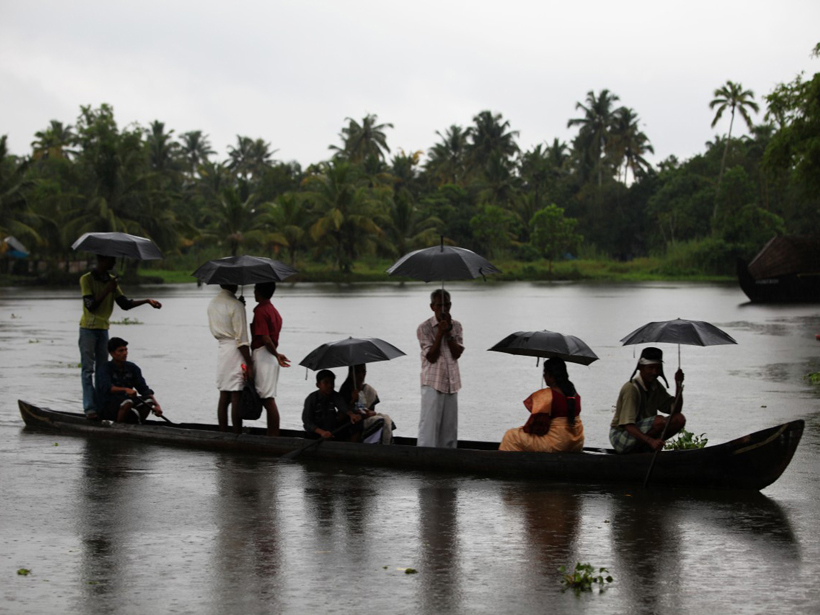Intraseasonal to seasonal climate variability may hold the key to understanding broad climate patterns. For example, it can cause abrupt onset and decay of El Niño–Southern Oscillation (ENSO), ENSO Modoki, and the Indian Ocean Dipole. It may even govern both high- and low-frequency ocean-atmosphere coupled climate phenomena. As a result, understanding what governs intraseasonal to seasonal climate variation is critical to improving predictions of climate phenomena and extreme events.
Those who deal with agriculture, water management, and infectious diseases will need reliable predictions of intraseasonal and seasonal climate variations.
Those who deal with agriculture, water management, and infectious diseases will need reliable predictions of intraseasonal and seasonal climate variations. To this end, climate and weather researchers gathered in early September 2015 in Yokohama, Japan, to discuss the present status of intraseasonal to seasonal studies and exchange views and ideas in the fields of observation, theory, modeling, and numerical prediction. The 2-day workshop, sponsored by the Japan Agency for Marine-Earth Science and Technology, attracted about 80 participants, including speakers from the United States, India, and Japan.
Discussion focused on the Madden-Julian Oscillation (MJO), a key process in understanding and predicting submonthly and seasonal ocean-atmosphere phenomena. Participants shared information on recent investigations of MJO dynamics, including its eastward propagation, preconditioning mechanisms, and associated extreme events. They also discussed state-of-the-art numerical systems that can provide predictions almost 3 weeks in advance of MJO phase changes. Attendees agreed that studies based on nonhydrostatic global atmospheric simulations showed the promise of significant improvements in the simulation and prediction of MJO.
Successful prediction of El Niño–Southern Oscillation and the Indian Ocean Dipole may be the key to improving prediction skills for Indian summer monsoon rainfall.
Participants also discussed how intraseasonal to seasonal climate variations affect Indian summer monsoon rainfall. India experienced a severe drought in 2014, and the climate prediction system based on the Scale Interaction Experiment-Frontier coupled general circulation model (SINTEX-F) actually predicted the drought a season ahead. However, speakers showed that the prediction skill for Indian summer monsoon rainfall was still not good enough for societal applications. They conjectured that successful prediction of ENSO and the Indian Ocean Dipole, together with their remote influences, may be the key to improving prediction skills for Indian summer monsoon rainfall.
Workshop participants also discussed recent successes and challenges in the following areas: ocean-atmosphere variability of tropical cyclones, ENSO, the Indian Ocean Dipole, tropical Atlantic variability, Australia’s Ningaloo Niño, atmospheric bridges, and Indo-Pacific basin interactions. They also looked at the possibility of applying climate predictions for agriculture and health management.
Ultimately, participants agreed to develop crosscutting perspectives to address future strategies for stimulating research activities by sharing information on common challenges and taking advantage of two forthcoming international observational campaigns: the Year of the Maritime Continent and the Second International Indian Ocean Expedition (IIOE-2).
—Takeshi Doi, Application Laboratory, Japan Agency for Marine-Earth Science and Technology, Yokohama, Japan; email: [email protected]
Citation: Doi, T. (2016), Predicting intraseasonal to seasonal climate variation, Eos, 97, doi:10.1029/2016EO047685. Published on 11 March 2016.
Text © 2016. The authors. CC BY-NC-ND 3.0
Except where otherwise noted, images are subject to copyright. Any reuse without express permission from the copyright owner is prohibited.

